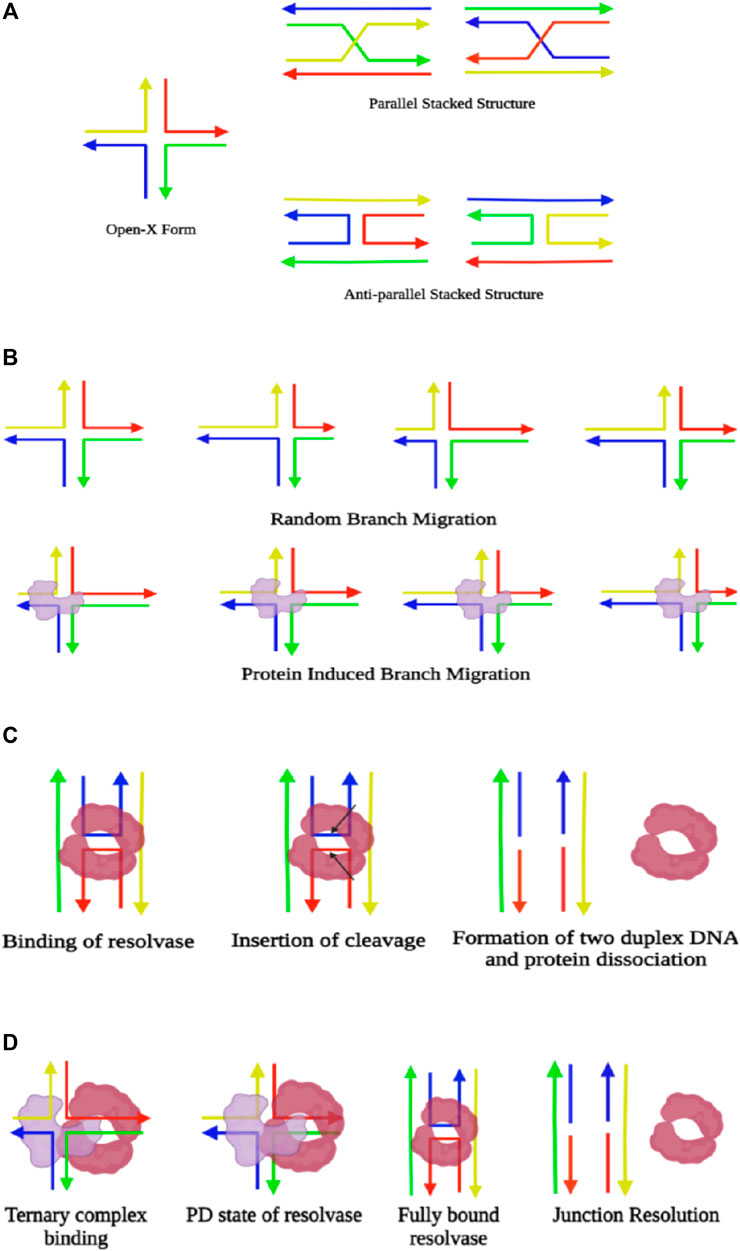

More experimental details are provided in Methods. As IPA concentration increased in the NP phase, gold NPs became oversaturated and slowly precipitated. The solvents were then allowed to diffuse into each other.

Briefly, anti-solvent isopropanol (IPA) was added on top of toluene solution of gold NPs forming a liquid–liquid interface. In the early stage of the experiment, SCs were grown by a counter-diffusion method that has been reported to produce SCs of various NP species 2, 19, 22, 23. 1a) the product spherical gold NPs had an average diameter of 4.4 nm and standard deviation of 8%.

As shown by Transmission electron microscopy (TEM) image (Fig. Optical spectroscopy results reveal strong surface-enhanced Raman scattering (SERS) effect from the SC solids and unique facet-dependent plasmonic resonance.ĭodecanethiol-capped gold NPs were synthesized using a one-step method and dispersed in toluene 21. These SCs are large enough to be readily manipulated and characterized by techniques designed for macroscopic specimens. Through combined simulation and controlled kinetic investigation, we discover that the size and quality of the SCs are determined by initial NP concentration and diffusion speed.
Crystal maker stack two structure free#
The preference of hcp over face-centered cubic ( fcc) superlattice is attributed to the differences in free energy between tetrahedral and octahedral voids in the stacking hexagonal monolayers. The NPs formed hexagonal close packed ( hcp) symmetry as confirmed by SAXS patterns, while isotropic interactions between the NPs are revealed by WAXS measurements. The structure in the SCs is characterized by a recently developed supercrystallography technique based on small- and wide-angle X-ray scattering (SAXS and WAXS) diffractometry 4. The NP solution is slowly driven to supersaturation by increasing anti-solvent concentration, resulting in heterogeneous SC growth. In this work, SCs with sub-millimeter size are prepared from dodecanethiol-capped spherical gold NPs by a counter-diffusion method. Large defect-free SC is also critical for device integration. To explore the structure–property relationship which connects nanomaterials to practical applications, it is important to obtain SCs large enough to be systematically manipulated and analyzed by a variety of characterization methods. Previously, the largest SCs were reported to be only tens of micrometers 4, 10, 19, 20. Highly ordered single SCs are potentially the key to understand complex chemical and physical processes such as optoelectronic coupling, surface plasmon-based sensing, and pressure-induced interparticle coalescence 11, 12, 16, 17, 18. By tuning these interactions, the SC morphology could be controlled 1, 7, 13, 14, 15. The self-assembly of NPs is a complex process which involves numerous interactions including van der Waals attraction, Coulombic and magnetic forces, steric repulsion, and capillary forces etc. These SCs displayed not only the intrinsic characteristics which belong to individual NP building blocks but also unique collective optical, electronic, and mechanical properties which are tunable by the mesostructure 8, 9. Metallic and semiconductor nanoparticles (NPs) have been widely researched in terms of their ability to self-assemble into ordered supercrystals (SCs) 1, 2, 3, 4, 5, 6, 7. The ease of the growth of large supercrystal solids facilitates essential correlation between structure and property of nanoparticle solids for practical integrations. The supercrystal solids display unique facet-dependent surface plasmonic and surface-enhanced Raman characteristics. We discover that the binary diffusion results in hexagonal close packed supercrystals whose size and quality are determined by initial nanoparticle concentration and diffusion speed. The nanoparticle packing structures from specific facets of the supercrystals are characterized by small/wide-angle X-ray scattering for detailed reconstruction of nanoparticle translation and shape orientation from mesometric to atomic levels within the supercrystals. Here we report the formation of self-assembled 3D faceted gold nanoparticle supercrystals with controlled nanoparticle packing and unique facet-dependent optical property by using a binary solvent diffusion method.

Metallic nanoparticles, such as gold and silver nanoparticles, can self-assemble into highly ordered arrays known as supercrystals for potential applications in areas such as optics, electronics, and sensor platforms.


 0 kommentar(er)
0 kommentar(er)
